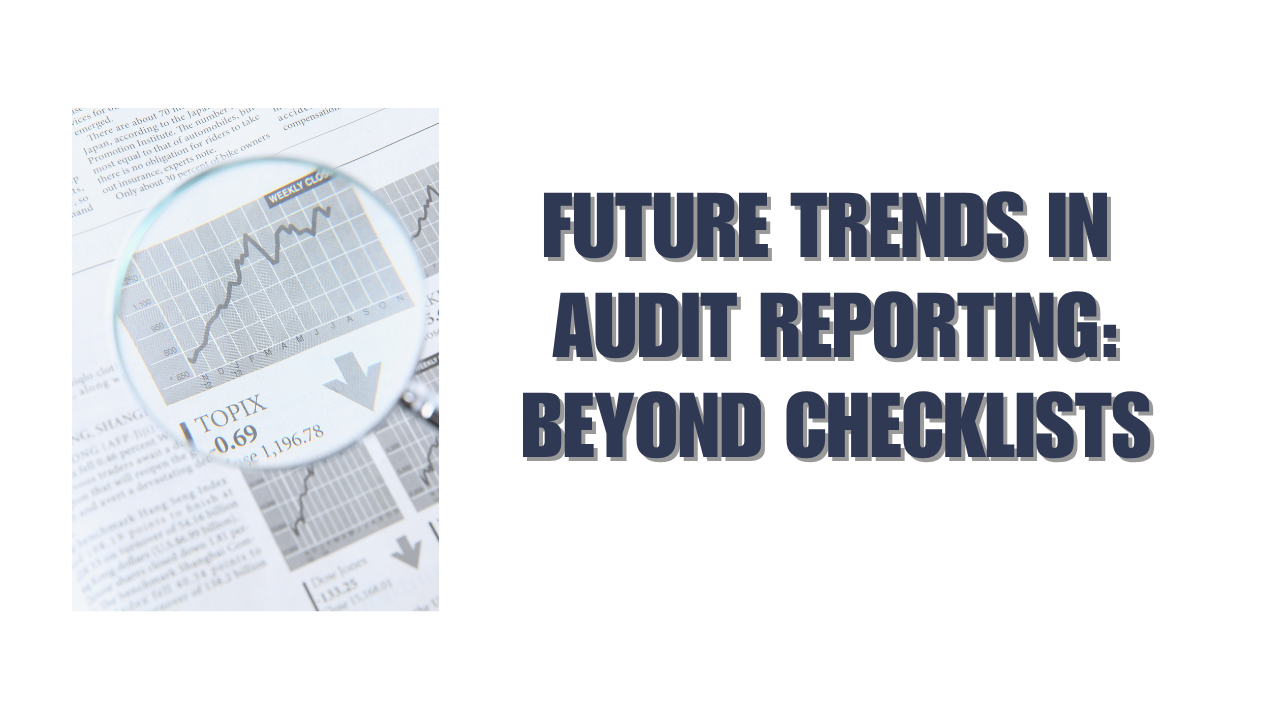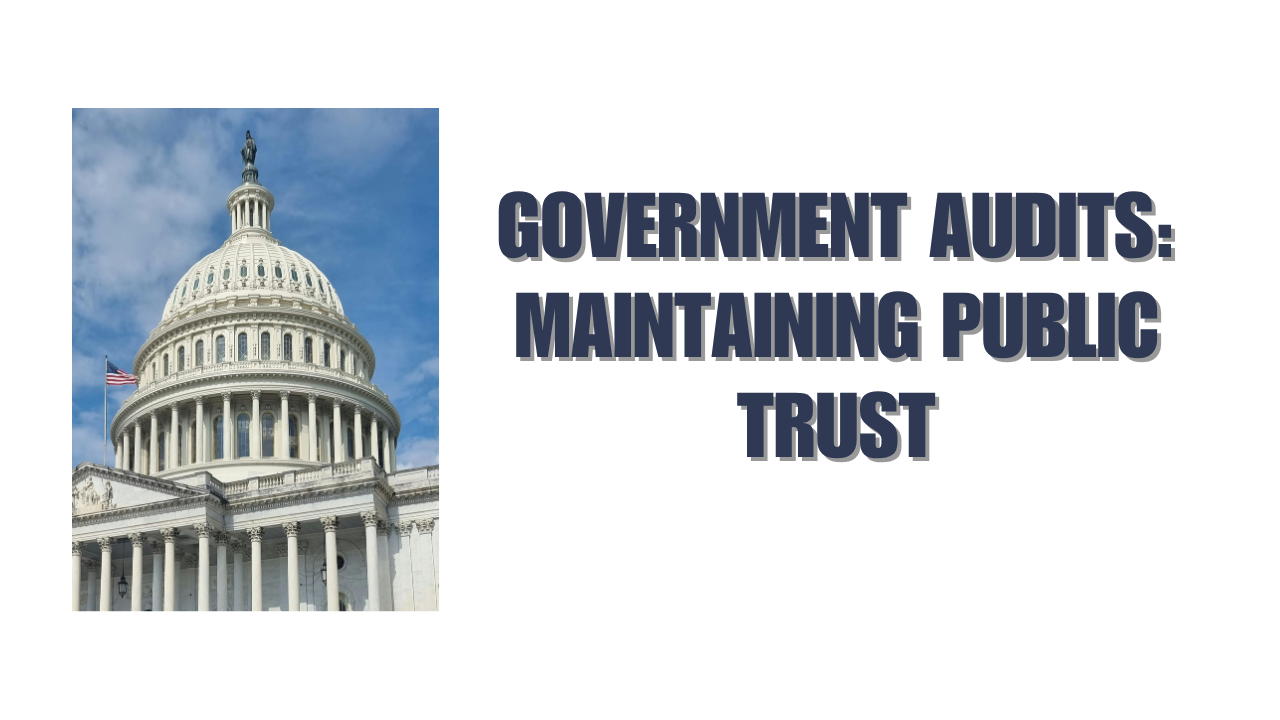Audit results are often rich with valuable insights, but those insights are not always easy to interpret. Spreadsheets filled with numbers can overwhelm decision-makers, while poorly presented findings may cause critical details to be overlooked. That is why audit data needs more than just accuracy-it needs clarity. When presented effectively, data visualization turns complex audit results into clear, compelling stories that support business leaders in making informed decisions.
In today’s business environment, where companies face tighter compliance standards and heightened stakeholder scrutiny, visualization has become a crucial part of the audit process. It does more than summarize information-it highlights risks, uncovers patterns, and communicates outcomes in a format that executives and boards can act upon immediately.
In this article, we explore the importance of visualizing audit data, the common tools used for effective presentation, and techniques that make audit reporting more impactful.
Why Visualizing Audit Data Matters
Audit reports traditionally relied on long narratives and tables. While these remain important, modern organizations require audit findings to be presented in ways that are faster to digest and easier to act on. Visualization provides several advantages:
- Improved understanding: A well-designed chart or graph communicates information in seconds, compared to the minutes or hours it may take to read a dense report.
- Pattern recognition: Visualization makes it easier to spot trends, anomalies, and correlations that may not be obvious in raw numbers.
- Executive decision-making: Leaders are more likely to act when the information is presented clearly, with visual cues that highlight risks or opportunities.
- Transparency: Data visuals demonstrate accountability, making the audit process more transparent for stakeholders such as regulators, investors, and boards.
The core benefit is simple: audit data that is visualized is more likely to be remembered, understood, and used.
Key Tools for Visualizing Audit Data
Today, a wide range of software platforms and technologies help auditors and finance teams create clear, interactive reports. The right tool depends on the scope of the audit, the size of the organization, and the audience for the report.
1. Microsoft Excel and PowerPoint
Excel remains the most widely used tool in auditing. Beyond calculations, it provides robust charting capabilities that can quickly transform audit data into line graphs, bar charts, and heatmaps. PowerPoint then helps auditors present findings in a structured, narrative-driven format for management.
2. Power BI
Microsoft Power BI has become a standard for many audit and finance teams because of its ability to handle large datasets and create interactive dashboards. Instead of static charts, Power BI allows users to explore audit data dynamically, drilling down into details.
3. Tableau
Tableau is known for its powerful visualization features. It enables auditors to create dashboards that highlight outliers, risks, or process inefficiencies. Its drag-and-drop design makes it accessible for professionals without coding backgrounds.
4. Qlik Sense
Qlik Sense focuses on self-service analytics, enabling auditors to connect different data sources and present results with interactive dashboards. It is particularly useful for organizations that need to combine audit data with operational or financial data for a holistic view.
5. Google Data Studio (now Looker Studio)
For smaller teams or organizations, Google’s free visualization tool offers flexibility. It allows audit data to be connected with spreadsheets, cloud databases, and even custom sources, making it a cost-effective option for creating simple dashboards.
Each tool has its own strengths. The choice often comes down to integration needs, data volume, and how interactive the final presentation must be.
Techniques for Effective Presentation of Audit Data
Even with the best tools, visualization requires thoughtful design. Poorly chosen visuals can confuse rather than clarify. The following techniques help ensure audit data is presented effectively:
1. Choose the Right Chart Type
Not every chart tells the same story. For instance:
- Bar charts are best for comparing categories, such as expenses by department.
- Line charts reveal trends over time, such as compliance rates across quarters.
- Heatmaps highlight risk intensity, often used in risk assessment audits.
- Pie charts should be used sparingly, as they can distort comparisons when there are many categories.
The key is to match the chart type with the message you want to communicate.
2. Use Color Strategically
Color is a powerful tool in data visualization. However, too many colors create distraction. For audit data, use colors to signal meaning:
- Red for risks or issues requiring attention.
- Green for compliance or improvements.
- Yellow for areas that need monitoring.
Consistency across charts ensures that stakeholders quickly understand the visuals.
3. Highlight Key Insights
Executives do not have time to interpret every data point. Visualizations should spotlight the most important findings, whether that is a sudden spike in expenses, an unusual compliance gap, or an area of consistent underperformance. Techniques like annotations, callout boxes, or bold color contrasts make these insights stand out.
4. Keep It Simple
Complex visuals may look impressive, but they defeat the purpose of communication. An effective presentation balances detail with clarity. Simple, well-labeled charts are more persuasive than over-engineered graphics.
5. Tell a Story
Audit reports are not just about presenting numbers-they should guide the audience through a narrative. Start with the audit objectives, present findings with clear visuals, and end with recommendations. This creates a logical flow where the visuals support the story.
Applications of Visualization in Audit Processes
Visualization is not limited to the final audit report. It can be integrated throughout the audit lifecycle:
- Planning: During risk assessment, heatmaps and risk matrices help identify high-priority areas for audit focus.
- Fieldwork: Real-time dashboards allow auditors to track data as they test controls or examine compliance.
- Reporting: Final presentations use charts, dashboards, and visuals to summarize findings for executives and boards.
- Follow-up: Visualization helps track corrective actions, ensuring that recommendations are implemented and monitored.
This ongoing use of visualization ensures audit data remains useful long after the report is issued.
Challenges in Visualizing Audit Data
While the benefits are clear, organizations often face challenges in making visualization effective:
- Data quality issues: Poor or incomplete data undermines the accuracy of visuals.
- Over-reliance on software: Tools can create impressive visuals, but if the underlying audit data is not reliable, the insights will be misleading.
- Audience mismatch: Some stakeholders prefer detail, while others want high-level summaries. A single visualization approach may not suit everyone.
- Security and confidentiality: Audit data often contains sensitive information. When using cloud-based visualization tools, ensuring compliance with data protection standards is critical.
By anticipating these challenges, organizations can strengthen both the accuracy and security of their audit presentations.
Future Trends in Audit Data Visualization
As businesses move deeper into digital transformation, visualization is evolving alongside auditing practices. Some notable trends include:
- Artificial Intelligence Integration: AI-driven tools will help auditors detect anomalies in data faster, presenting them through intuitive dashboards.
- Predictive Analytics: Instead of only looking backward, audit visuals will increasingly forecast risks and compliance gaps.
- Interactive Reporting: Stakeholders will expect audit data to be interactive, with the ability to filter, zoom, and explore details independently.
- Mobile-Friendly Dashboards: Executives increasingly review audit results on tablets or smartphones, making responsive design essential.
- Integration with ERP Systems: Visualization tools will connect seamlessly with enterprise systems, reducing manual work and ensuring real-time updates.
These trends suggest that visualization will move beyond being a reporting add-on to becoming an essential component of audit strategy.
Conclusion
Audit reporting has entered a new era where clarity is just as important as accuracy. By visualizing audit data effectively, organizations can bridge the gap between technical audit findings and executive decision-making. The right tools-whether Excel, Power BI, or Tableau-combined with thoughtful presentation techniques ensure that reports are not only compliant but also persuasive.
When done well, visualization transforms audit reports from static documents into decision-making tools that drive strategy, enhance transparency, and build trust. For businesses navigating complex regulatory and operational landscapes, this is no longer optional-it is essential.
FAQs
1. Why is visualizing audit data important for executives?
Executives often do not have time to read lengthy audit reports. Visualization condenses complex information into clear, easy-to-grasp insights. It highlights trends, risks, and compliance gaps, allowing leaders to make faster, more confident decisions. This makes audit reporting more relevant and impactful at the boardroom level.
2. Which visualization tool is most commonly used for audit reports?
Microsoft Excel remains the most commonly used tool due to its accessibility and integration with existing audit processes. However, many organizations are moving toward Power BI and Tableau because they allow interactive dashboards and handle larger datasets. The choice depends on the organization’s size, budget, and reporting needs.
3. What are common mistakes to avoid in visualizing audit data?
The most frequent mistakes include using overly complex visuals, applying too many colors, and presenting too much detail without context. Another common pitfall is failing to tailor the visualization to the audience. For instance, executives may need high-level summaries, while auditors may require detailed breakdowns. Effective visualization strikes a balance between clarity and completeness.






